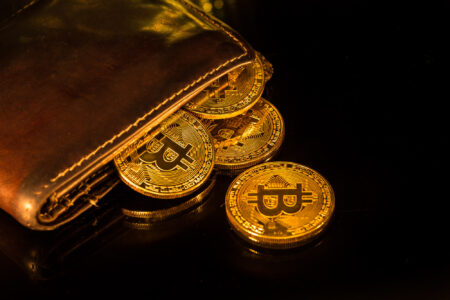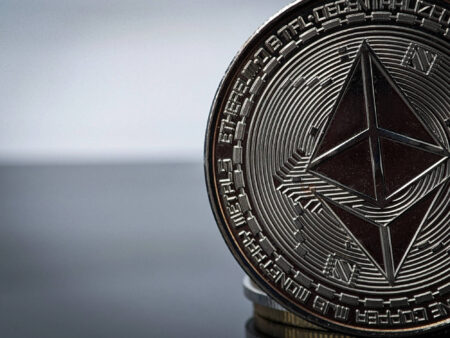Play-to-Earn: Is a revolution upon us? As many possibilities for investors have entered the market, Play-to-Earn (P2E) allows users to earn significant profits for just playing a game. This changes the investment environment for a lot of people.
Until just a few years ago, the idea of earning any sort of tangible monetary incentives for playing video games would have been laughed at. Cut to 2022 and we now have a number of examples where players can accrue substantial financial benefits for simply participating in various in-game activities. With the rise of cryptocurrencies, particularly the non-fungible token (NFTs) industry, many financial models have made their way into the market. Play-to-Earn (P2E) is one of them. These allow users to earn substantial profits for playing their favourite games. In this article, we will explore the concept of Play-to-Earn in detail.
The basics of Play-to-Earn (P2E)
As the name seems to quite clearly allude to, Play-to-Earn (also known as P2E) games are designed to help users farm/collect various cryptocurrencies and NFTs. These can subsequently be sold via third-party marketplaces for handsome profits. To put it another way, by participating in Play-to-Earn games, users can acquire items, tokens, etc, that can eventually be sold to generate peripheral income streams. In this regard, reports suggest that a number of gamers across the world have already started to supplement (and sometimes replace) their existing income streams by playing these games. However, as it goes without saying, such activities come with their fair share of risks. Users, more often than not, need to invest a decent amount of seed capital to become eligible for participation (by acquiring characters, items, etc).
On a more technical note, while the reward accrual mechanism of each P2E game can differ, typically most offerings utilize some version of staking. That is, they allow users to either farm the game’s native crypto token or generate tradeable NFTs. Older blockchain games depended largely on a randomized chance system for players to earn incentives. But most P2E games today come with creator economics where users simply need to perform certain activities in order to generate an assured income.
How does blockchain factor into all of this?
The core idea underlying P2E is not entirely new. There are a few online MMO-RPGs (massively multiplayer online role-playing games) that are driven by fiat-based economies. When it comes to cryptocurrency games, the difference lies in the fact that they make use of an underlying blockchain system to help address any issues relating to provenance, rarity, etc.
Furthermore, the use of a blockchain ensures that any transaction taking place within a game is recorded on an immutable database. So much so that the network’s governance is overseen by a decentralized set of computers, with each node possessing a copy of the entire data-set in question. As a result, chances of fraud arising because of data manipulation, duplication or deletion can be almost completely eliminated.
Blockchain games and their connection to the Metaverse/Web3 ecosystem
Another aspect of blockchain-based Play-to-Earn games is that they have set an ideal precedent for many Web3/metaverse centric crypto trends. This is thanks to decentralization being their core unique selling proposition. In this regard, Web3 signifies an all-new iteration of the world wide web ecosystem. Especially one that is built atop a blockchain foundation and makes use of a token-based economy. The metaverse also factors into the equation. It relies on the use of a financial framework utilizing various sorts of crypto assets ranging from stablecoins to NFTs and pretty much everything else in between. The yet-nascent NFT sector witnessed more than $40 billion worth of trades within the last year alone. So it stands to reason that more and more P2E titles will continue to utilize this novel asset class moving forward.
In terms of earning an income, players can participate in Web3 games by accruing NFTs and trading them across marketplaces that support their native token standard. As pointed out previously, the NFTs can represent anything including in-game items, characters, cosmetic upgrades, etc. Lastly, these tokens can also be locked into smart contracts and staked to earn steady yields. All of these trends suggest that the metaverse and blockchain gaming economies will continue to remain inextricably linked with each other, at least for the foreseeable future.




